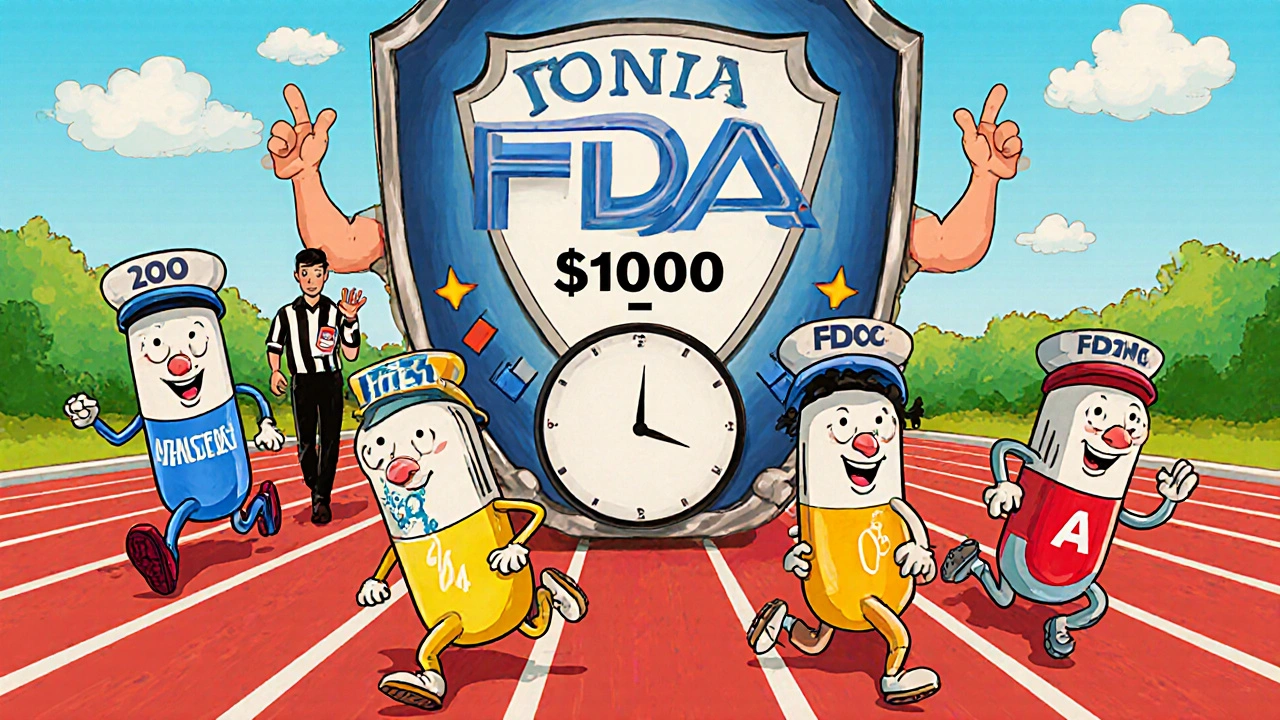
When you pick up a generic version of your prescription, you’re usually paying less than $10. Sometimes it’s just $4. That’s not luck. It’s the result of a carefully designed system that lets competition do the heavy lifting - not government price setters. Unlike branded drugs that cost thousands, generics have become one of the most effective tools in lowering healthcare costs, and governments haven’t needed to step in with price ceilings to make it happen.
Why Generic Drugs Don’t Need Price Caps
Generic drugs aren’t cheaper because the government said so. They’re cheaper because dozens of companies fight to sell them. Once a brand-name drug’s patent expires, manufacturers can apply to the FDA to make copies. They don’t have to repeat expensive clinical trials. They just need to prove their version works the same way. That cuts development costs from $2.6 billion to about $2-3 million. With that gap, dozens of companies jump in - sometimes 10, 15, even 20 different makers for the same pill.
That’s when prices really drop. A 2022 FDA analysis found that within six months of a generic hitting the market, prices fall by 75%. By two years, if there are three or more competitors, they drop to just 10-15% of the original brand price. In markets with strong competition, prices stabilize at levels so low that even big pharmacy chains can’t mark them up meaningfully. That’s why 76% of Medicare Part D users pay $10 or less for generics, according to a 2024 KFF survey.
The System That Makes It Work
The backbone of this system isn’t a law that sets prices - it’s the Hatch-Waxman Act of 1984. It created the Abbreviated New Drug Application (ANDA) process, which lets generic makers skip the costly trials brand companies must run. That’s the key. No more waiting 10 years for a drug to go generic. No more monopolies. Just a clear path for competition to begin.
But competition doesn’t always show up on its own. That’s where the FDA’s Generic Drug User Fee Amendments (GDUFA) come in. Since 2012, the FDA has collected $750 million in fees from generic drug companies to hire more reviewers. The goal? Cut approval times from 18 months to 10. In 2023, they approved 1,083 generic drugs - a 35% increase since 2017. More approvals mean more competitors. More competitors mean lower prices.
And it’s not just about speed. The FDA also launched a public dashboard in October 2023 so anyone can track application status in real time. Transparency keeps the system honest. If a company’s application is stuck, the public knows - and pressure builds to fix it.
How the Government Stops Anti-Competitive Tricks
Not every brand-name company plays fair. Some pay generic makers to delay their entry. That’s called a "pay-for-delay" deal. In 2023 alone, the Federal Trade Commission (FTC) challenged 37 of these agreements. These deals cost consumers an estimated $3.5 billion a year in higher prices. When the FTC blocks them, generics enter faster - and prices plunge.
Another tactic? "Product hopping." A brand company slightly changes its drug - maybe a new pill shape or time-release formula - then pushes doctors to switch patients. The goal? To make the old version obsolete so generics can’t take over. The FDA’s 2024 Generic Drug Implementation Plan now targets these moves, especially for high-demand drugs like insulin or asthma inhalers.
In January 2024, the FTC blocked the merger between Teva and Sandoz - two of the world’s biggest generic makers - because it would have reduced competition for 13 key drugs. That’s not government price control. That’s government enforcement of fair play.
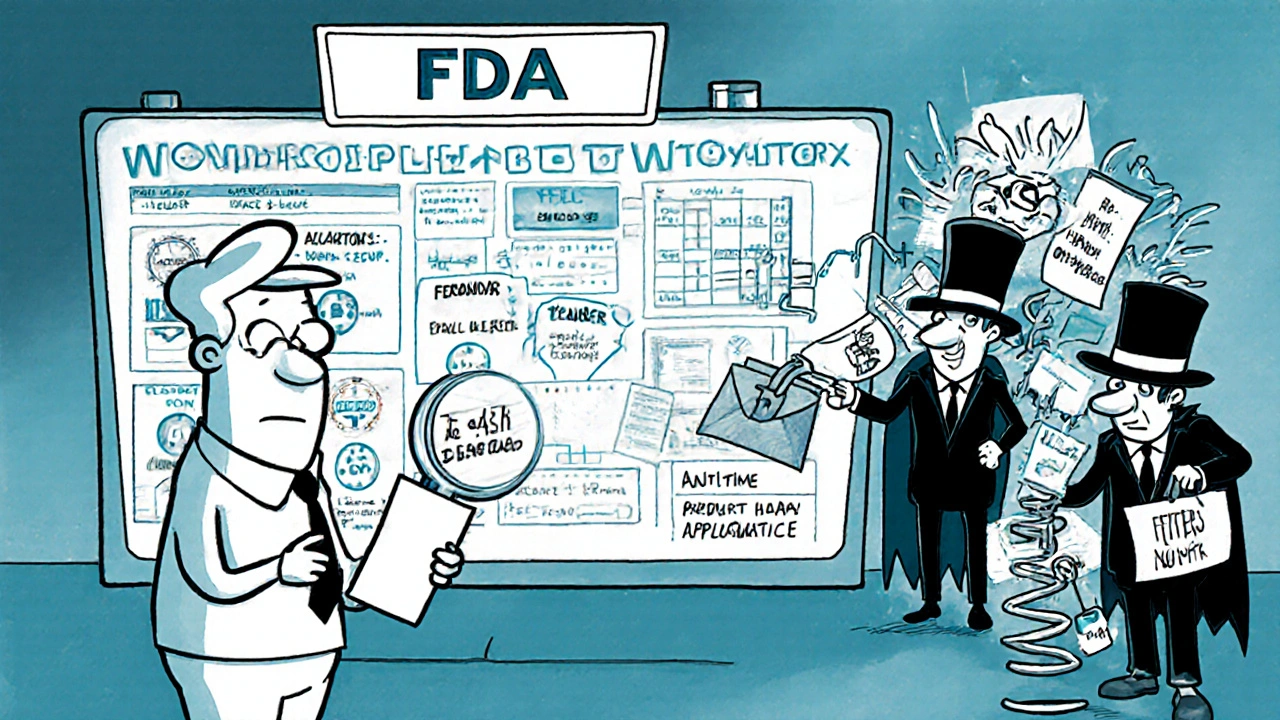
Why Medicare Doesn’t Negotiate Generic Prices
The Inflation Reduction Act of 2022 let Medicare negotiate prices for 10 high-cost brand-name drugs starting in 2026. By 2027, that number will rise to 15. But generics? Excluded. Why?
The Department of Health and Human Services (HHS) made it clear: generics already work. They don’t need negotiation because competition already drives prices down. A 2024 CMS report confirmed that the Medicare Drug Price Negotiation Program only targets "single source brand-name drugs or biological products without therapeutically-equivalent generic or biosimilar alternatives."
Even the math backs it up. A Stanford Medicine white paper estimated that negotiating prices for generics would save only $1.2 billion a year. For branded drugs? $9.5 billion. The Congressional Budget Office found that applying international price benchmarks to generics would cut Medicare spending by just $2.1 billion - 0.4% of total generic spending. That’s not worth the legal and administrative burden.
The Hidden Problem: When Prices Drop Too Low
There’s a flip side. When competition gets too fierce, some manufacturers can’t make money. In 2024, the American Society of Health-System Pharmacists found that 18% of hospital pharmacists had experienced shortages of critical generic drugs. Why? Because prices fell below production costs.
Take a simple antibiotic like doxycycline. In 2020, it cost $20 for a 30-day supply. By 2023, it was down to $3. Then one manufacturer stopped making it. Then another. Prices spiked to $120. That’s not the fault of government policy. It’s the result of a market that rewards the lowest bidder - even if that bidder goes out of business.
The FDA and FTC are watching for these patterns. They’re now prioritizing complex generics - drugs with tricky delivery systems, like inhalers or injectables - because fewer companies can make them. Without support, these drugs become vulnerable to shortages.
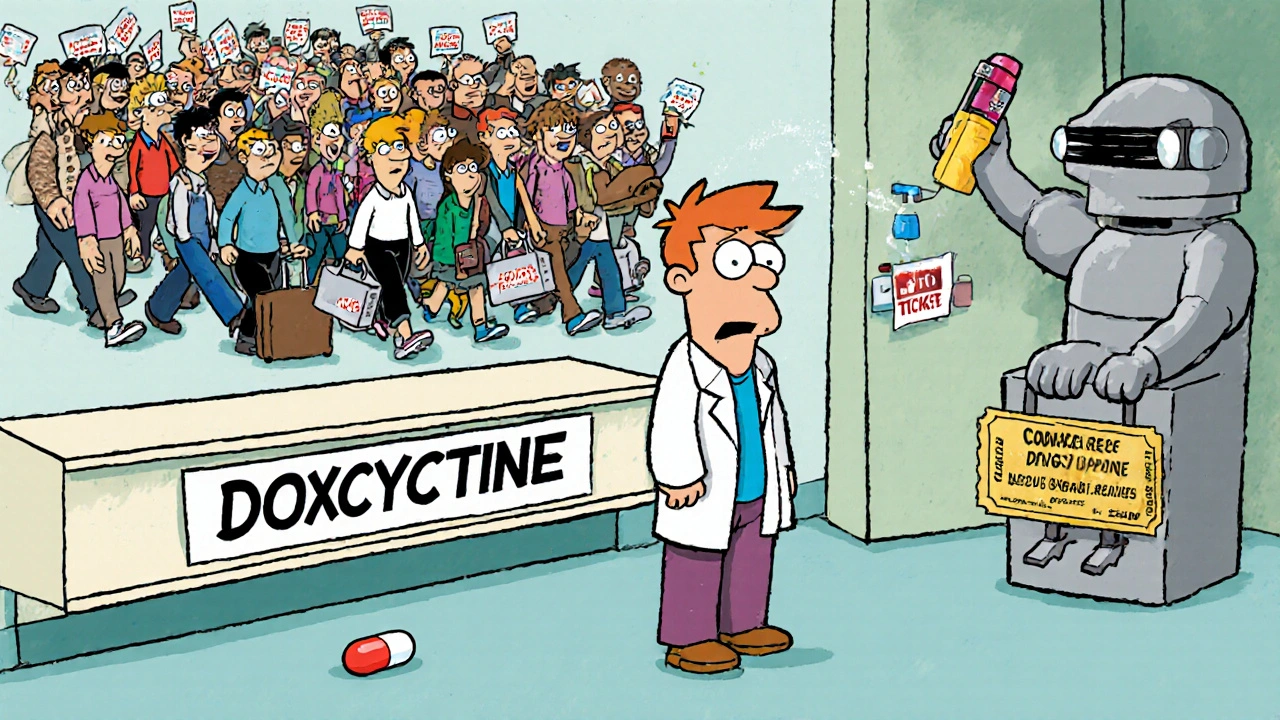
What Patients Actually Pay - And What They Think
Most people don’t notice the system because it works. A Drugs.com analysis of over 12,000 reviews from early 2024 showed that 87% of users called generics "affordable" or "cost-effective." Only 5% mentioned pricing concerns. On Reddit, one user complained that sertraline jumped from $4 to $45. But that was an outlier. The FDA’s 2023 Drug Shortage Report showed that only 0.3% of generics had price spikes like that.
What’s more telling? Satisfaction. In the same KFF survey, 82% of generic users said they were satisfied with affordability. Only 41% of brand-name users felt the same. That’s the real metric. People aren’t angry because generics are expensive. They’re angry when they can’t get them at all.
What’s Next? Keeping Competition Alive
Government efforts now focus on removing roadblocks - not setting prices. The CMS Interoperability and Prior Authorization Rule (April 2024) aims to stop insurance plans from requiring unnecessary paperwork for generics. That’s a hidden cost. If a pharmacy has to call the insurer every time someone fills a $5 prescription, they’ll stop stocking it.
The FDA’s new Complex Generic Drug Application Template, rolled out in late 2023, helps manufacturers submit better applications. Pilot programs cut review times by 35%. The Generic Pharmaceutical Association’s Competitive Generic Therapy program gives faster approval to generics entering markets with few competitors - like for rare conditions or hard-to-make drugs.
And it’s working. The global generic drug market grew 7.8% in 2023, outpacing branded drugs at 5.2%. The U.S. has 14.7 manufacturers per generic drug on average - more than Europe or Japan. More players. More pressure. Lower prices.
The Bottom Line
Government doesn’t control generic drug prices. It creates the conditions for competition to do it. Through faster approvals, anti-trust enforcement, transparency tools, and targeted support for complex drugs, the system keeps prices low without setting limits. That’s why the CBO predicts generic prices will keep falling 3.5% a year through 2030 - while branded drugs rise just 0.8%.
When a policy works this well, you don’t fix it. You protect it. The real threat isn’t high prices. It’s fewer competitors. And that’s what regulators are watching - not the cost on the label, but the number of companies still in the game.

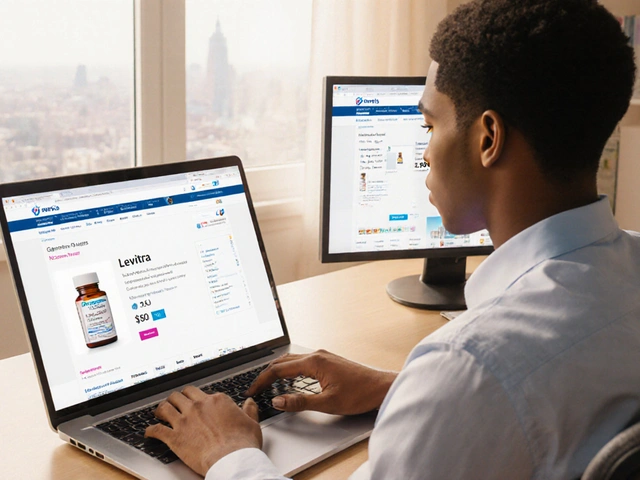
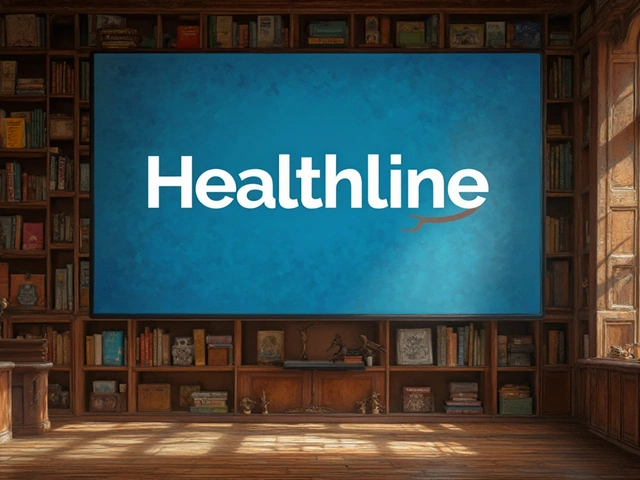
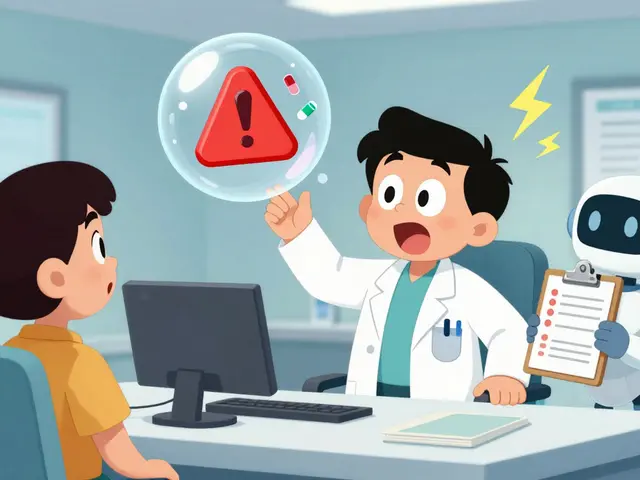
Scott Saleska
November 15, 2025Look, I’ve been on Medicare for six years and I’ve never paid more than $5 for my blood pressure med. This whole system works because the government didn’t get in the way. No price caps needed - just let the cheap pills flood the market and watch the price crash. Simple as that.
Anyone who says we need negotiation hasn’t looked at the data. The FTC and FDA are doing the heavy lifting - not some bureaucrat in D.C. setting numbers on a spreadsheet.
Eleanora Keene
November 17, 2025I just want to say thank you to everyone who works at the FDA - seriously. My mom’s on a complex generic for her heart condition, and when the supply almost dried up last year, I was terrified. But thanks to that dashboard they launched, I could track the application status and even call my rep to ask why it was stuck. It felt like someone was watching out for us.
People think ‘government’ means red tape, but this? This is government working right.
Joe Goodrow
November 18, 2025Let’s be real - this whole thing only works because we’re the United States of America. No other country has the infrastructure, the legal system, or the manufacturing base to pull this off. Europe’s got shortages because they price cap everything into oblivion. China’s making half the generics but skimping on quality.
We don’t need to copy them. We’ve got the best damn system on Earth. Stop listening to the left-wing think tanks trying to turn our free market into a socialist mess.
Don Ablett
November 19, 2025It is noteworthy that the mechanism described herein relies fundamentally upon the principle of competitive entry facilitated by regulatory streamlining rather than direct price intervention. The absence of price ceilings does not imply absence of oversight, but rather a shift in the locus of control from the pricing mechanism to the entry mechanism.
One might posit that the long-term sustainability of this model hinges upon the continued ability of manufacturers to achieve economies of scale without compromising quality or supply chain resilience, particularly in the context of globalized raw material sourcing.
The data presented is compelling, though it does not fully address the impact of consolidation within the generic manufacturing sector, which may represent a latent systemic risk.
Kevin Wagner
November 20, 2025Y’all are sleeping on how badass this system is. Imagine a world where a pill that used to cost $300 gets crushed down to $4 because 15 companies are fighting to sell it like it’s Black Friday. That’s not magic. That’s American capitalism at its most beautiful.
And when some big pharma try to cheat? The FTC comes in like a superhero with a subpoena and slams the door shut. No bribes. No loopholes. Just pure, unfiltered competition.
Let’s not fix what ain’t broke. Protect this system like it’s the last slice of pizza at a party - because someone’s always trying to steal it.
gent wood
November 21, 2025The structural integrity of the generic drug market is indeed a remarkable achievement of regulatory design, though I remain concerned about the unintended consequences of hyper-competition. The case of doxycycline illustrates a fundamental flaw: when profit margins collapse below the cost of compliance with GMP standards, manufacturers exit - not because they are unethical, but because they are rational actors in a broken incentive structure.
The FDA’s focus on complex generics is prudent, yet insufficient without financial safeguards for low-margin, high-volume products. A tiered reimbursement model or minimum price floor for essential generics may be necessary to prevent future crises.
Dilip Patel
November 22, 2025USA think they so smart but in india we make 70% of the world generic drugs and no one even care about us. FDA make it hard for us to export and then they say 'oh look how cheap it is' like we are just machines. You get your cheap pills from us but you call us 'cheap country' like its a insult. This system work because we work hard and you just sit and take credit.
Also why you not talk about how many indian factories get shut down because of FDA inspections? You want cheap pills? Then let us make them without all this red tape.
Jane Johnson
November 23, 2025The claim that competition alone drives prices down ignores the fact that market concentration has increased in key therapeutic categories.
Peter Aultman
November 24, 2025Just had to refill my generic zoloft. $3.50. No insurance needed. I didn’t even think about it. That’s the whole point - it’s so seamless you forget it’s even a system.
People freak out when a drug jumps to $45, but that’s like 1 in 3000 cases. Most of us just live in the sweet spot where the system works silently. No drama. No yelling. Just cheap pills.
Let’s keep it that way.